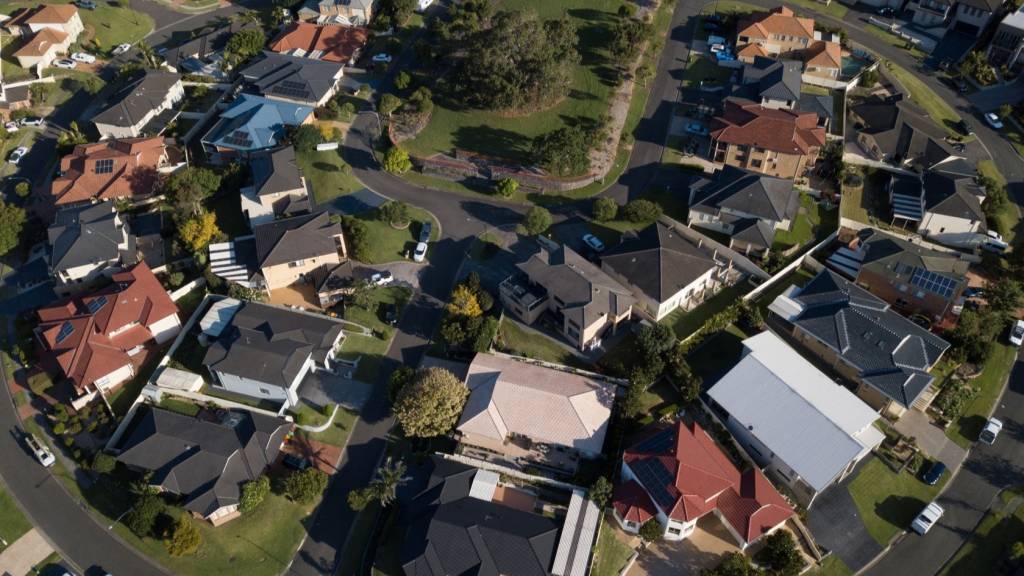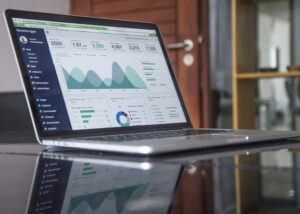
The average Australian home has become $40,000 more expensive than it was a year ago, as median house prices across the nation approach the $1 million mark. This rise comes amid broader economic developments, including the impending expiration of Donald Trump’s 90-day tariff pause next week.
This morning, economic news is dominated by fresh data revealing a new peak in house prices in June, ahead of the Reserve Bank of Australia (RBA) rate decision. Concurrently, OpenAI is advocating for tax incentives to boost artificial intelligence adoption across the country.
House Prices Continue to Climb
Reports from The Nine papers, Capital Brief, and Reuters highlight data from Cotality indicating that home values have increased for the fifth consecutive month, rising by 0.6% in June and 1.4% over the quarter. The national median house price now stands at $837,586, with Sydney leading at $1.21 million, followed by Brisbane at $926,243.
Cotality’s research director, Tim Lawless, commented on the figures, stating,
“The first [interest] rate cut in February was a clear turning point for housing value trends. An additional cut in May, and growing certainty of more cuts later in the year, have further fuelled positive housing sentiment, pushing values higher.”
The RBA is set to meet next Monday, with an interest rate decision expected on Tuesday. Meanwhile, data from REA Group’s PropTrack shows national home prices climbed 0.4% in June and 4.6% over the year, attributing the increase to stronger buyer demand and fewer listings.
Factors Influencing the Housing Market
According to a Reuters poll, economists predict that Australia’s home prices may rise steadily by 4% to 5% annually over the next three years, following a 40% increase over the past five years. The ABC notes that all capitals, except Hobart, experienced value increases in June, with Hobart seeing a slight dip of 0.2%.
Both Cotality and PropTrack data suggest that several factors could temper further increases, including reduced demand due to slowing population growth, elevated household debt, cautious lending policies, and geopolitical risks. REA senior economist Eleanor Creagh remarked,
“Stretched affordability is putting a bit of a handbrake on home price growth, and although we’re seeing an upswing in prices this year as rates fall, we’re seeing a more gradual pace of home price growth compared to previous easing cycles.”
Lawless added,
“We’re still seeing housing very much unaffordable for most Australians. I think there’s still a few barriers to really see the housing market take off from here. The reality is probably a modest but broad-based level of growth going through the rest of 2025.”
AI Tax Incentives and Economic Impacts
In a parallel economic narrative, OpenAI is urging the Albanese government to introduce tax breaks for businesses adopting artificial intelligence. A report from OpenAI suggests that AI could potentially expand the economy by $115 billion by 2030.
OpenAI’s Chief Economist Ronnie Chatterji, who has been meeting with Australian ministers, emphasized the need for AI adoption, stating,
“It’s a good time where there’s a big conversation in economic policy circles right now about how to increase productivity.”
The report advocates for government investment and training to promote AI literacy and ethics in schools.
ACTU Secretary Sally McManus highlighted the importance of ensuring that economic benefits from AI are shared with workers, not just corporations, saying,
“We want (productivity) to improve because we want people’s living standards to improve.”
Tariff Tensions and International Relations
As Australia navigates the AI landscape, it also faces challenges with US-imposed tariffs. The 90-day pause on tariffs by Donald Trump is set to expire soon, creating uncertainty for international trade relations. Prime Minister Anthony Albanese has been vocal about seeking exemptions, arguing,
“We continue to put our case forward that it shouldn’t be 10[%]. It should be zero.”
In recent developments, Canada has removed a tax targeting US tech firms to advance trade negotiations, a move that could influence Australia’s strategy. The ongoing diplomatic efforts underscore the complexities of international economic policies and their impacts on domestic markets.
As these economic stories unfold, the Australian housing market and AI adoption remain pivotal issues, with potential long-term implications for the nation’s economic landscape. Observers will be keenly watching the RBA’s upcoming decisions and the government’s response to AI and tariff challenges.






